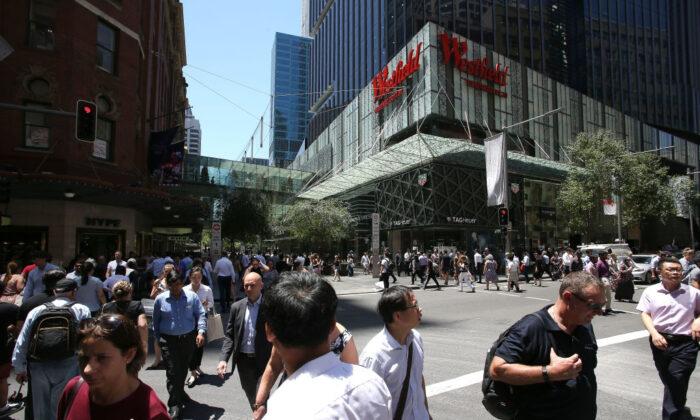“The economy has exceeded all of the upside scenarios that we had described,” RBA Deputy Governor Guy Debelle said on May 6, a day before the RBA released its quarterly statement.
The GDP is back to its pre-pandemic levels with labour market participation increasing to a record high while the employment rate is 5.6 percent, which is half a percentage point higher than its pre-pandemic levels.
“These are much better labour market outcomes than have occurred in other countries,” Debelle said.
But the RBA wants to see higher wage growth before it starts tightening its monetary policy, noting that while the Australian economy has experienced better employment outcomes than most other countries, wage growth in Australia has been noticeably weaker than the United States and other countries.
Debelle outlined the role of the RBA’s policies in aiding this recovering, noting that the bank delivered lower borrowing costs which supported the flow of credit and boosted cash flows for households and businesses.
He added: “But significant monetary support will be required for quite some time to come.”
Immigration was used to address skill shortages in the labour market, to which international students played a significant part.
With international borders closed, labour supply shortages have been observed in industries that typically employ a larger portion of foreign workers.
International students were mainly employed in food, hospitality, and administration services. Working holidaymakers typically gravitated towards the agriculture, food, and hospitality industries.
The RBA said domestic labour supply could meet the short-term demand however wage pressures could emerge more quickly if the supply remains constrained.
Many businesses previously relied on the abundant supply of international students for cheap labour through cash paid wages, pushing out local Australians in certain industries.
“Now many capital and regional city hotels, restaurants, cafes etc are struggling to find labour because the overseas student supply has substantially reduced the pool,” Gottliebsen said. “They either shut their doors or are finding labour among the young Australians.”taap





